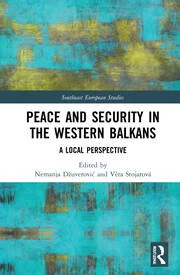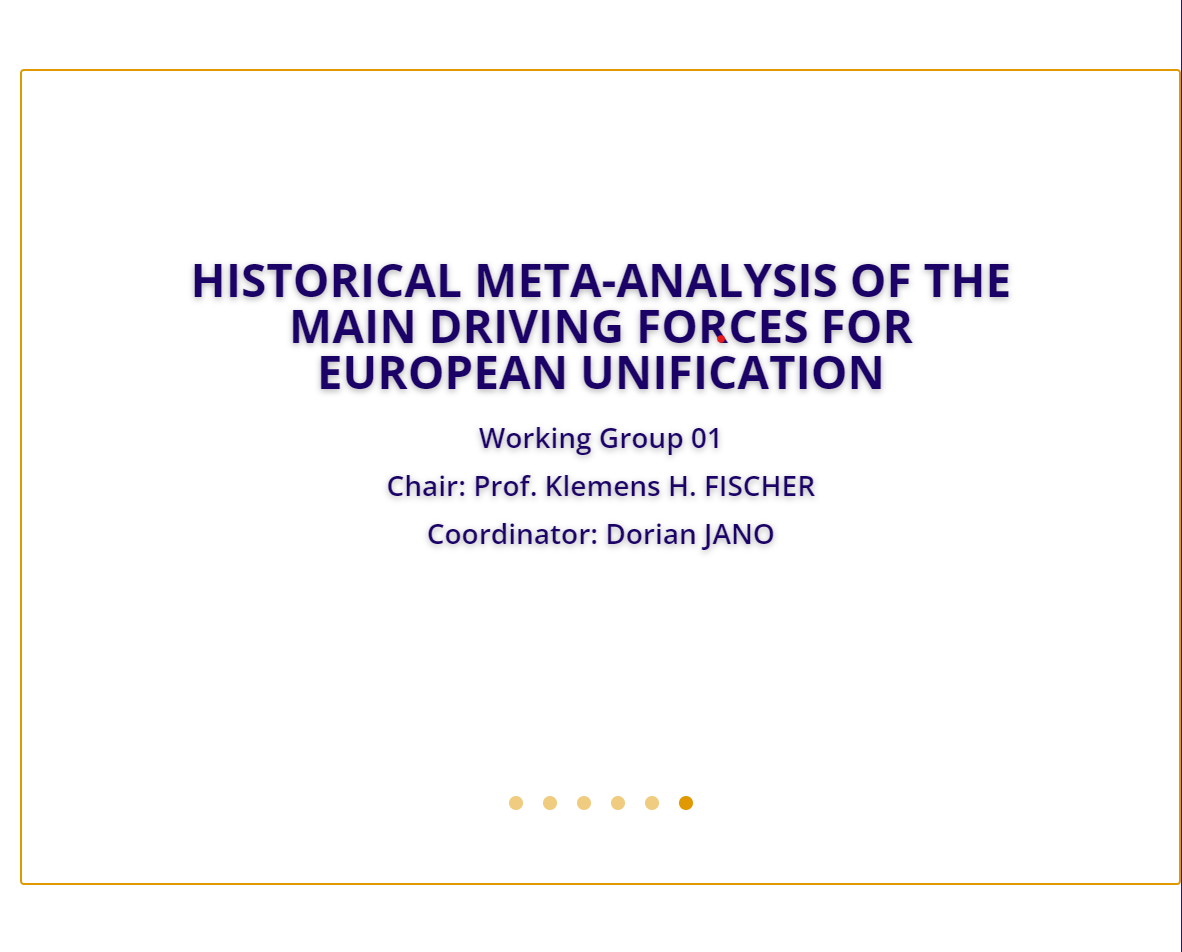
Mapping Balkan – Southeast European studies
This article presents an overview that systematically maps the historical development, thematic foci and temporal trends of research in Balkan – Southeast European studies. It uses bibliographic and content analysis as well as other tools to synthesize around 8000 scholarly publications on the Balkans – Southeast Europe that are indexed in the Web of Science databases (SSCI, A&HCI, ESCI, BKCI-SSH). We provide a visual representation of the intellectual historiography and the conceptual content and dynamics of Balkan – Southeast European studies, identifying the most prominent works, the active research themes and the emerging trajectories in the field.. Read Open Access

Albania Moving from Security Receiver to Security Provider
In its transition from a security receiver to a security provider, Albania has undertaken important reforms in its security, defence, and foreign policy sectors. The country joined NATO in 2009. It fully aligns with the EU’s common defence and security policy, contributes to international crisis management and peacekeeping missions, and continues to play a constructive and moderating role for stability in the region. Nevertheless, key challenges remain in its domestic vulnerabilities and incapacities. This chapter looks at the Albanian security context, the threats it faces and their complexity, and the major relevant discourses, reforms, and practices. It also discusses the future shifts that will be necessary to prioritise and practice security in Albania. Read Open Access

EU Enlargement Rounds and Dilemmas: The Successful, the Reluctant, the Awkward, and the Laggards
This chapter adopts both a historical and a comparative approach in studying EU enlargement. The aim here is to identify ‘whether’ and ‘when’ a country joins the Union, with an emphasis on the currently ongoing enlargement process in the Western Balkans. It starts with an overview of the conceptual and theoretical framework for studying and explaining EU enlargement. It then reviews how EU enlargement has proceeded over time by looking at its successful and unsuccessful cases, with a particular focus on the motivations and explanations associated with each of them. The chapter considers the successful rounds of enlargement, the reluctant and the awkward cases, and the ongoing (laggard) Southeastern Enlargement round. It discusses the main EU enlargement dilemmas and their implications for the current (unfinished) enlargement round in the Western Balkans in detail. Read Open Access

Historical Meta-Analysis of the main Driving Forces for European Unification
Working Group 01, Study Group on the European Constitutional Process